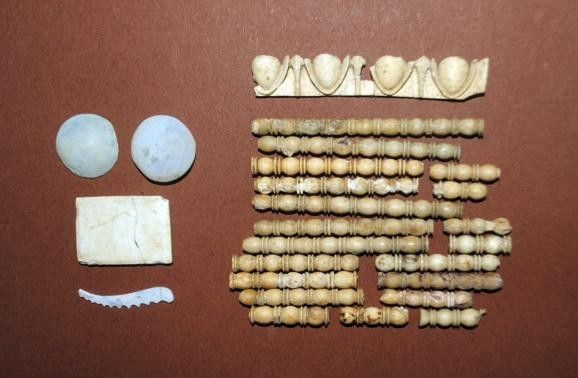More Artefacts Found in Greece's Mystery Tomb

The exploration team at the Amphipolis Tomb is about to begin the second phase of excavation using three-dimensional tomographic imagery to search for other possible burial chambers. Since August, three have been found.
Recently, the archaeologists and architects have uncovered painted decorations at the architraves inside the massive tomb. These new finds will be observed further by using lasers.
According to the Ministry of Culture in Greece, new footage and added information about these artefacts will be provided as soon as the archaeologists are done with the restoration. The explorers are hoping that these discoveries would help unravel the mystery behind the ancient tomb.
In early November, skeletal remains were found inside and outside the coffin in the burial place of the third chamber. There have been a lot of speculations that the skeleton may have been someone very close to Alexander the Great. Coffin decorations made from glass and bone and metal nails from the wooden coffin were also unearthed.
For the past three months, this extraordinary study accomplished a series of fascinating discoveries in the tomb, from the two gigantic sphinxes at the tomb entrance, the two beautifully carved Caryatids to the mosaic floor at the second chamber describing the abduction of the Greek goddess Persephone. This 2,300-year-old tomb built during the height of Greek civilisation, unfolds ambiguities about ancient Greek kingdoms.
Results of the excavation will be presented at the Kasta hill in Athens in the auditorium of the Ministry of Culture on Nov 29, Saturday, at 11am. Inspector of Antiquities Serres K. Peristeri and partners will facilitate the presentation.
The world is in awe and is eager to find out more about the mysterious tomb. Ancient Greek civilisation has been a favourite subject for scholarly exploration in all fields. The excavation may be in its last phase, but this brilliant work of Peristeri and her team is just the start of more endeavours.




















